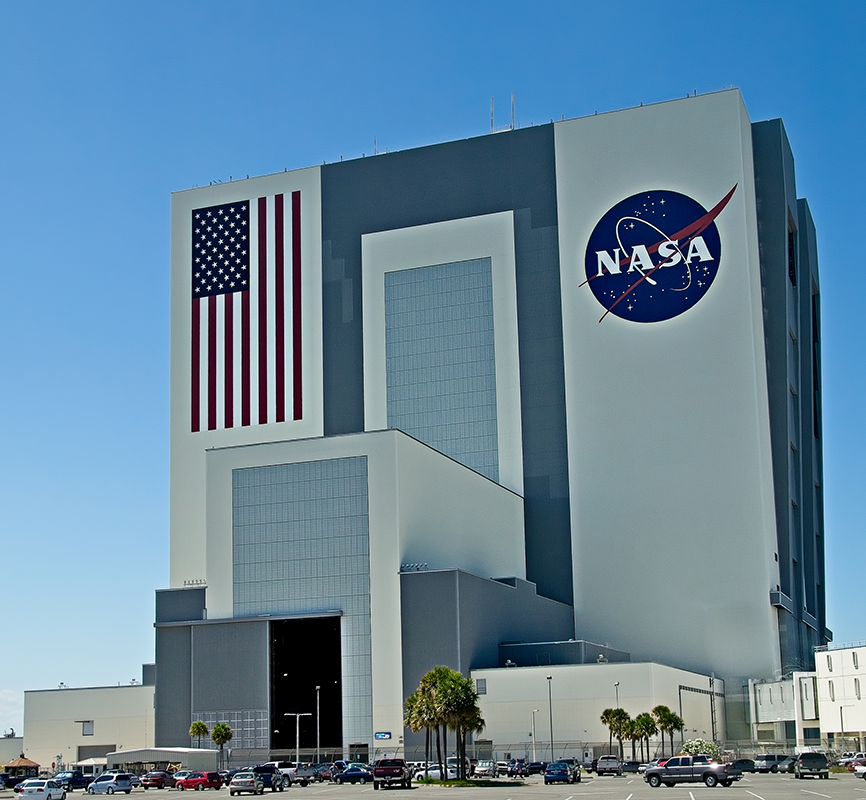Aerospace, Defense, and Government (ADG) projects demand unwavering reliability, as failure is not an option. From early-stage research to deployment and beyond, rigorous testing ensures mission-critical assets perform flawlessly throughout their lifecycle. In this blog series, we will explore the key concepts of successfully creating mission-critical applications in the context of complying with NASA NPR 7150.2, beginning by discussing the COTS solutions (Commercial Off-the-Shelf) coupled with custom extensions that enable documentation, a foundational element in efficiently achieving compliance.
NASA's Procedural Requirement (NPR) 7150.2
Developing test systems for large, complex, multi-use scenarios involves integrating performant, flexible hardware with extensible, user-centric software. Given the complexity and scale of the projects, timelines and budgets must be carefully considered and monitored. Many aerospace companies and US government agencies have codified their lessons learned during test system development in various standards, such as NASA Procedural Requirement (NPR) 7150.2, which is aimed at standardizing the software engineering process. The 7150.2 requirement addresses how to ensure the software's robustness and the process by which the software is created, with its foundational belief being that the software engineering process is as vital as writing the code itself. Without the proper process, it's not possible to create the right solution, deliver on time, or deliver on budget.
This makes documentation critical to creating plans and maintaining alignment during all phases of project execution, across all members of your team and partners. Choosing the right documentation tools and creating custom integrations can greatly reduce the hurdles to achieving 7150.2 compliance.
Building Through A.R.T.ful Design
 At DMC, we employ an A.R.T.ful engineering philosophy which focuses on Accountability, Reliability, and Traceability in all that we do. An example of this is in our collaboration with Northrop Grumman on the NASA Space Launch System (SLS) Booster Obsolescence Life Extension (BOLE) project, where DMC met and exceeded industry standards processing approximately 100 documents (each with one or more versions) flowed down from Northrop Grumman defining not only the end article's requirements, but also the process by which the end article must be constructed (7150.2 being one of those documents). The documents were synthesized into our databases, and each requirement catalogued.
At DMC, we employ an A.R.T.ful engineering philosophy which focuses on Accountability, Reliability, and Traceability in all that we do. An example of this is in our collaboration with Northrop Grumman on the NASA Space Launch System (SLS) Booster Obsolescence Life Extension (BOLE) project, where DMC met and exceeded industry standards processing approximately 100 documents (each with one or more versions) flowed down from Northrop Grumman defining not only the end article's requirements, but also the process by which the end article must be constructed (7150.2 being one of those documents). The documents were synthesized into our databases, and each requirement catalogued.
DMC created numerous plans and designs in response to these requirements while involving Northrop Grumman in the requirement refinement process. Our team of expert developers created both hardware and software solutions, clearly indicating in code where the solutions met designs. Before, during, and after development, our team followed quality assurance processes so that the system would be sufficiently tested, keeping a traceable record of results back to requirements.
Putting Principles into Practice
Successfully executing mission-critical ADG applications requires more than just technical skill—it takes a disciplined, process-driven approach centered on Accountability, Reliability, and Traceability. At DMC, we've proven through countless successful projects that our engineering philosophy enables us to exceed stringent compliance standards while remaining flexible and collaborative throughout the project lifecycle. In short, as A.R.T.ful engineers, "We say what we do, we do what we say, and we prove that we did it."
Learn more about DMC's Test & Measurement Automation Solutions and contact us for your next project.
________________________
Explore our other key topics in NPR 7150.2 compliance through the remainder of our ADG Mission-Critical Applications series:
- It All Starts with Documentation – Learn about the tools and digital ecosystems that form the baseline for persistent, searchable, and traceable project knowledge and planning. We’ll show how our use of platforms like Confluence, Monday.com, and SharePoint lays the groundwork for compliance with SWE-013 and other documentation-related requirements.
- Entrusting Your Mission's Objectives to a Partner – Communication is the first step in traceability. Learn how DMC captures client intent from day one, linking early conversations and contract documents into Requirement Traceability Matrices using Monday.com. This aligns directly with SWE-050 and SWE-052.
- Seeing Your Vision Take Shape Through Designs – Your vision must translate into tangible designs. Learn about how DMC maps requirements to designs using Confluence and custom integrations, generating a live Requirements Coverage Table and validating coverage bidirectionally per 7150.2.
- The Plan Is the Plan Until the Plan Changes – Change happens. Learn how DMC's configuration and change management systems allow us to adapt while preserving traceability and alignment with SWE-079.
- Turning Your Vision into Reality – Design becomes code. Learn how DMC's traceability extends into source code across multiple platforms (NI LabVIEW, Python, NI VeriStand), and how we maintain this alignment without overburdening developers.
- Quality Matters – Close the loop with testing and assurance. Learn how DMC utilizes technology such as GitLab, automated testing frameworks, and custom tooling to perform code reviews, trace test results to requirements, and verify quality compliance with NASA-STD-8739.8.